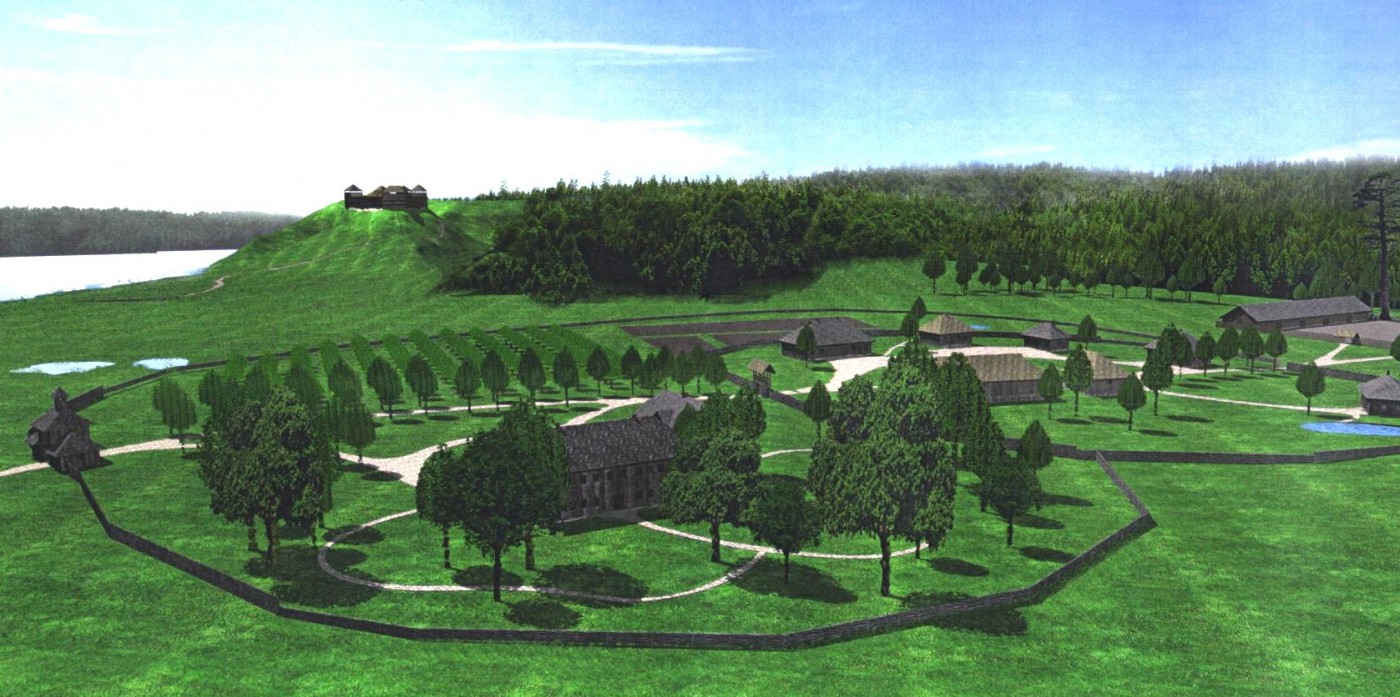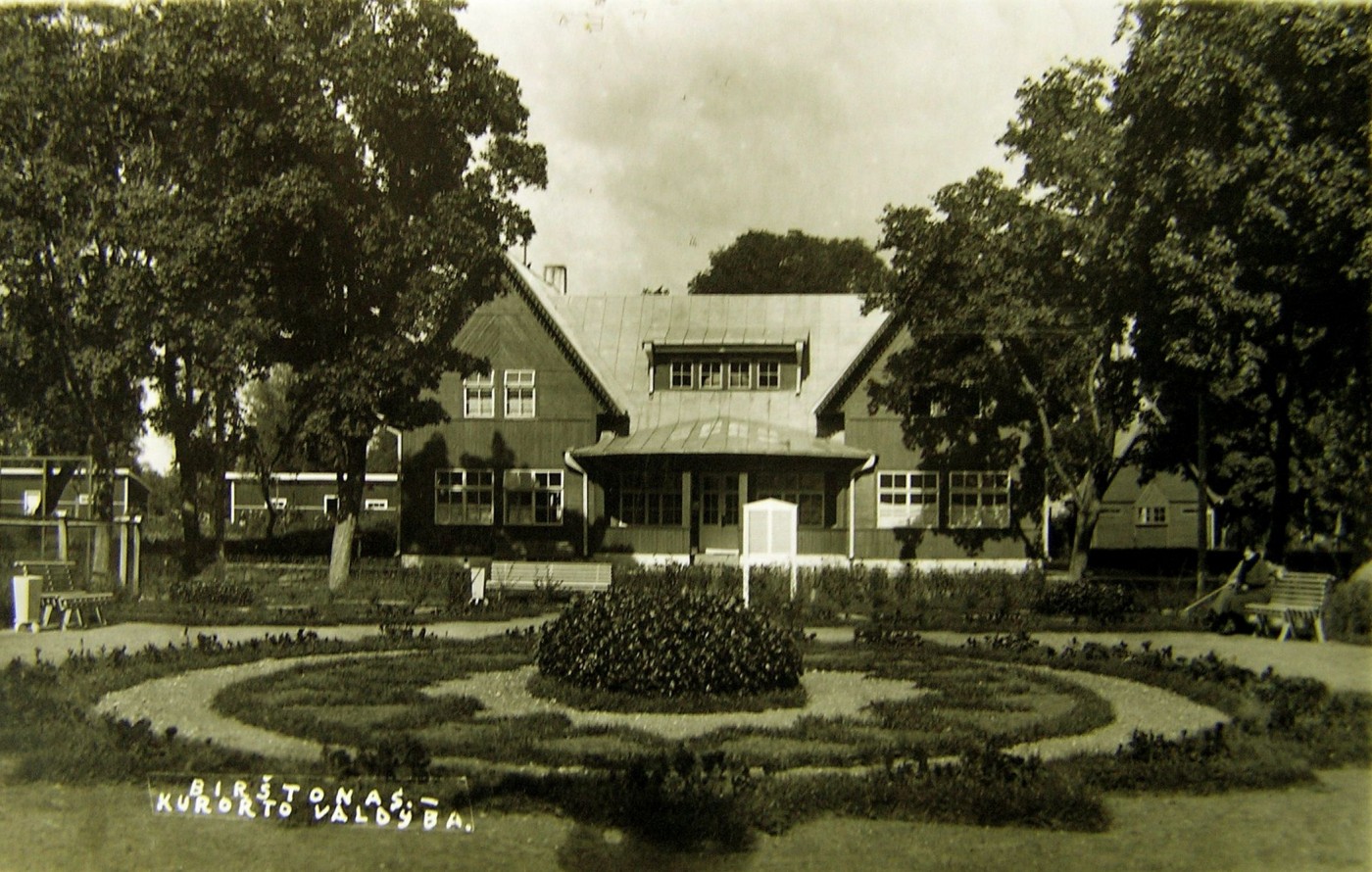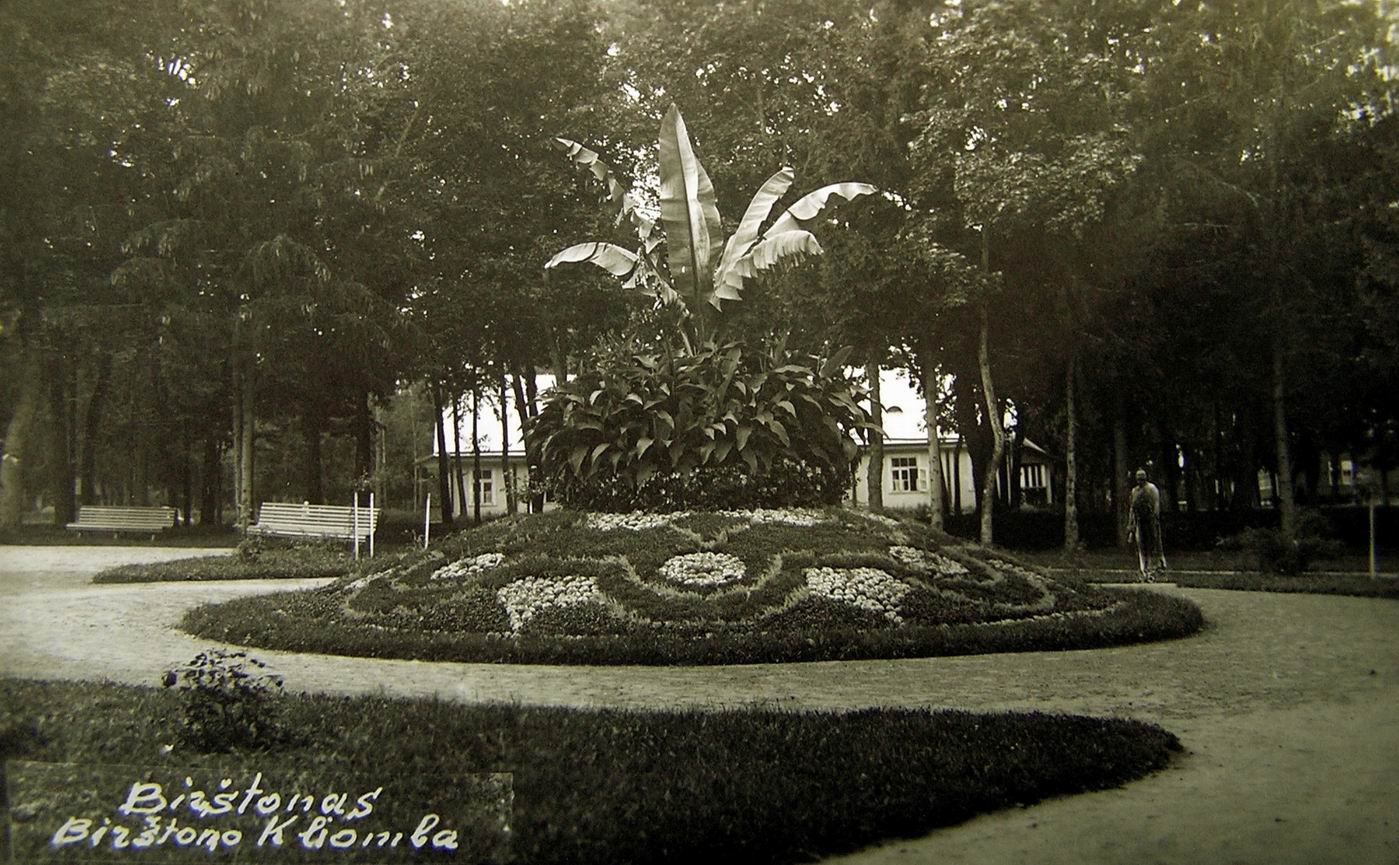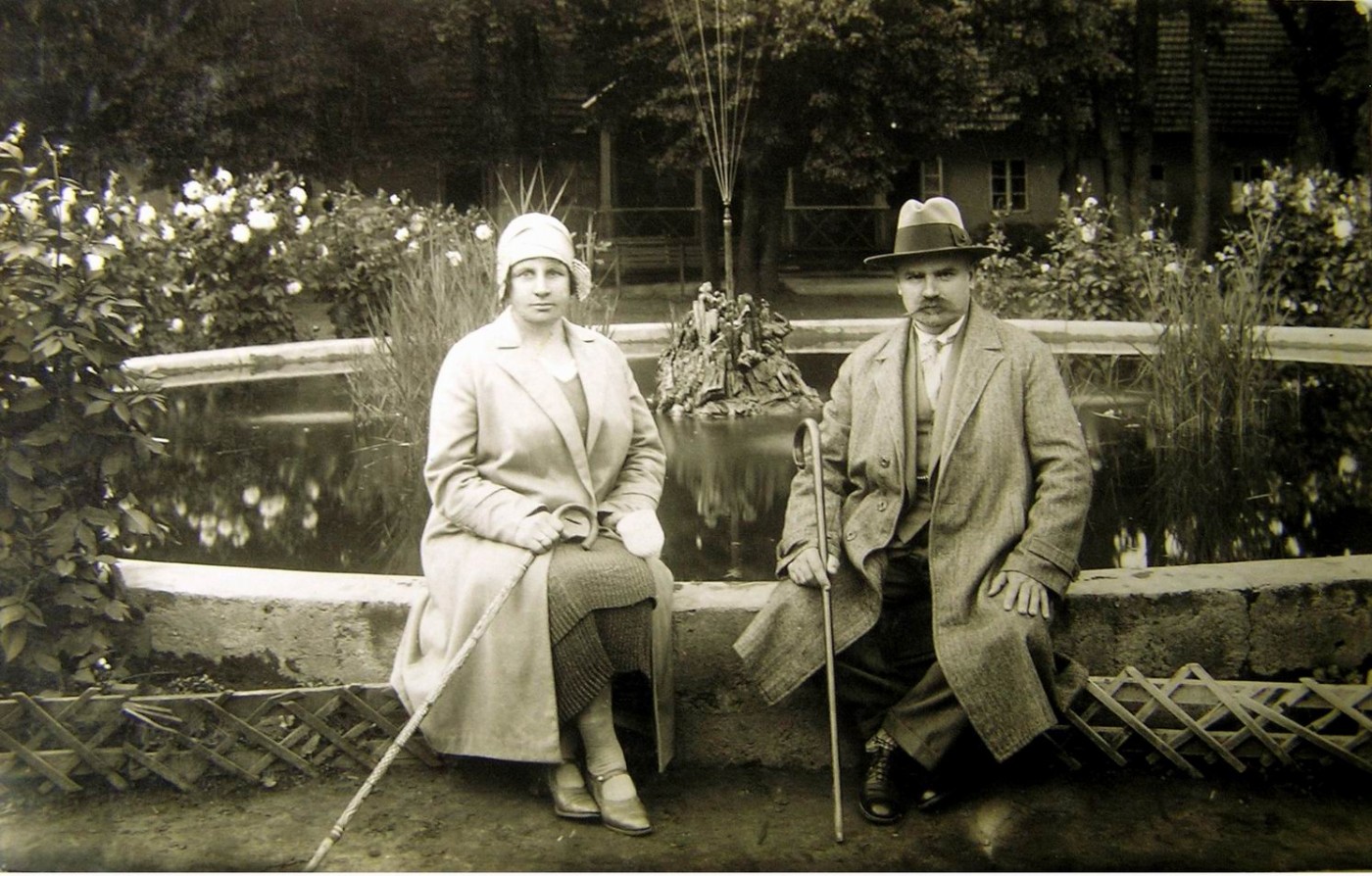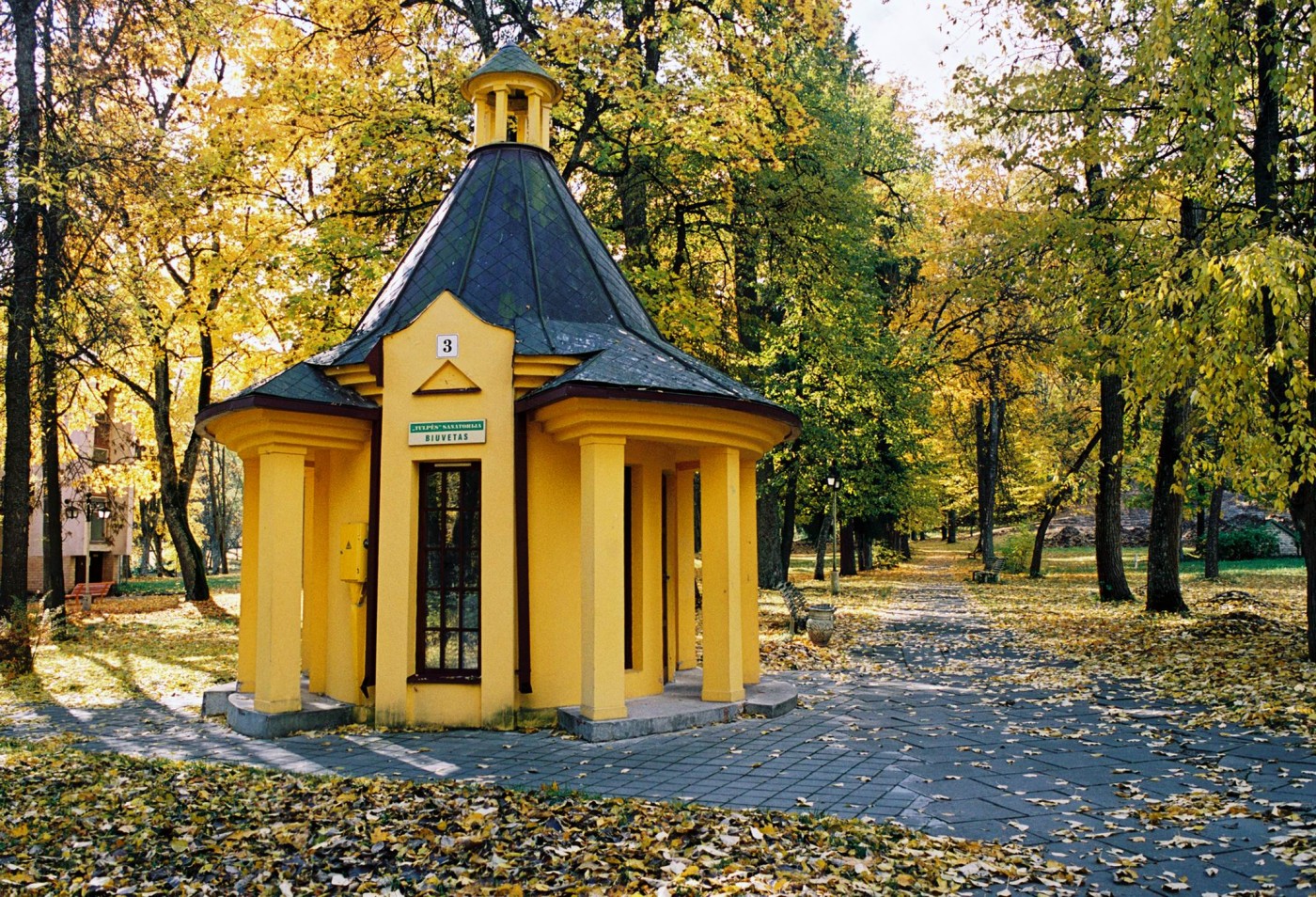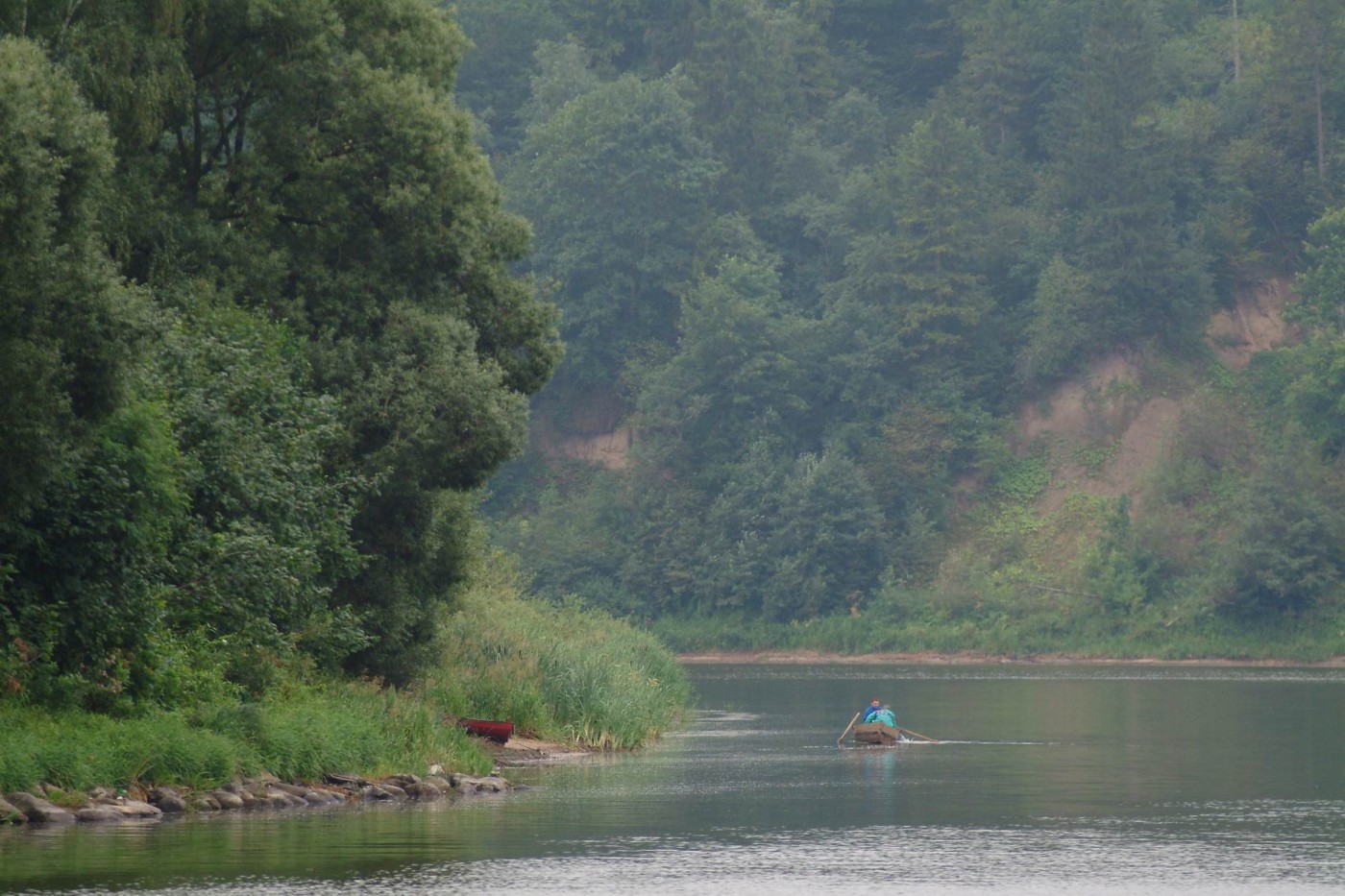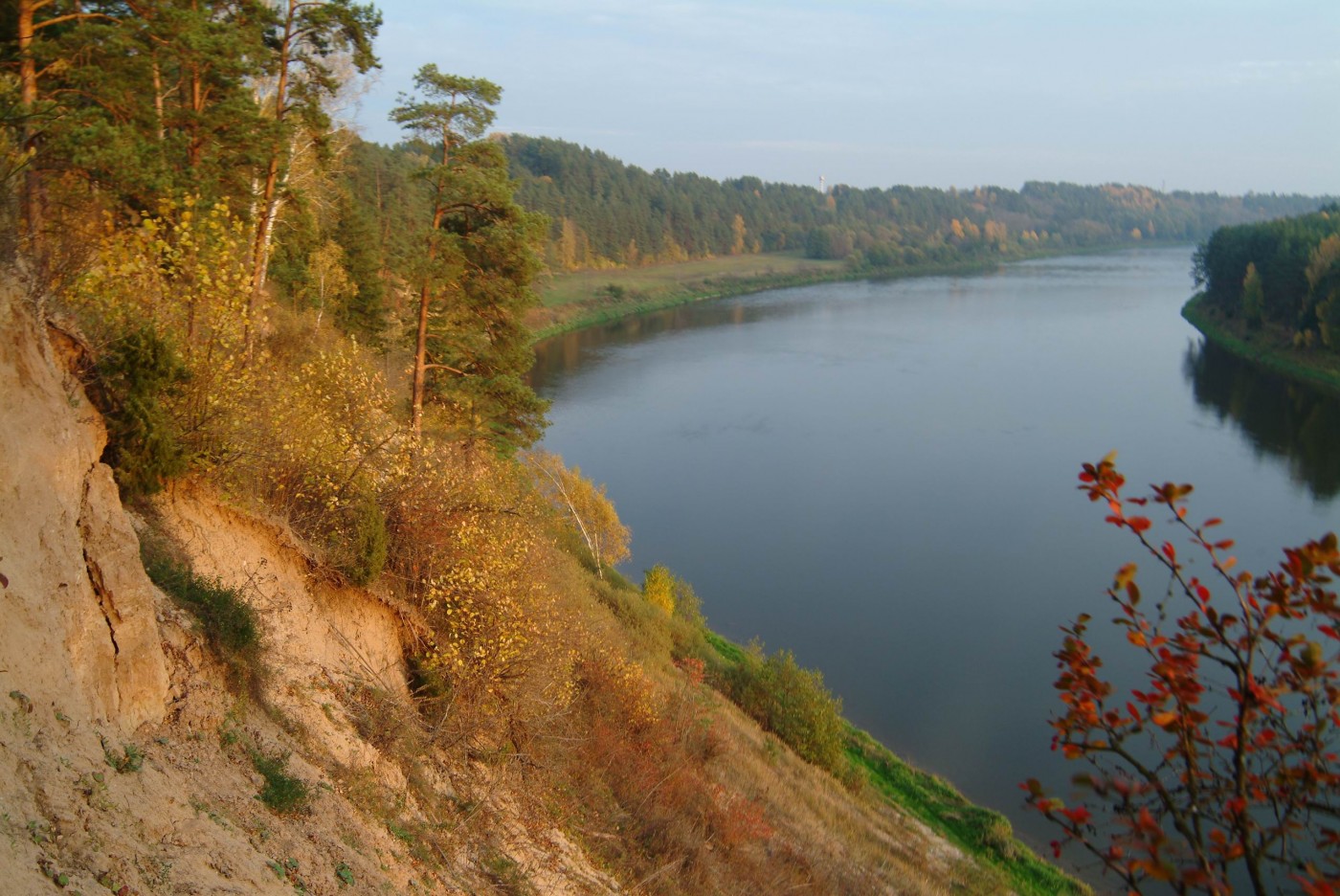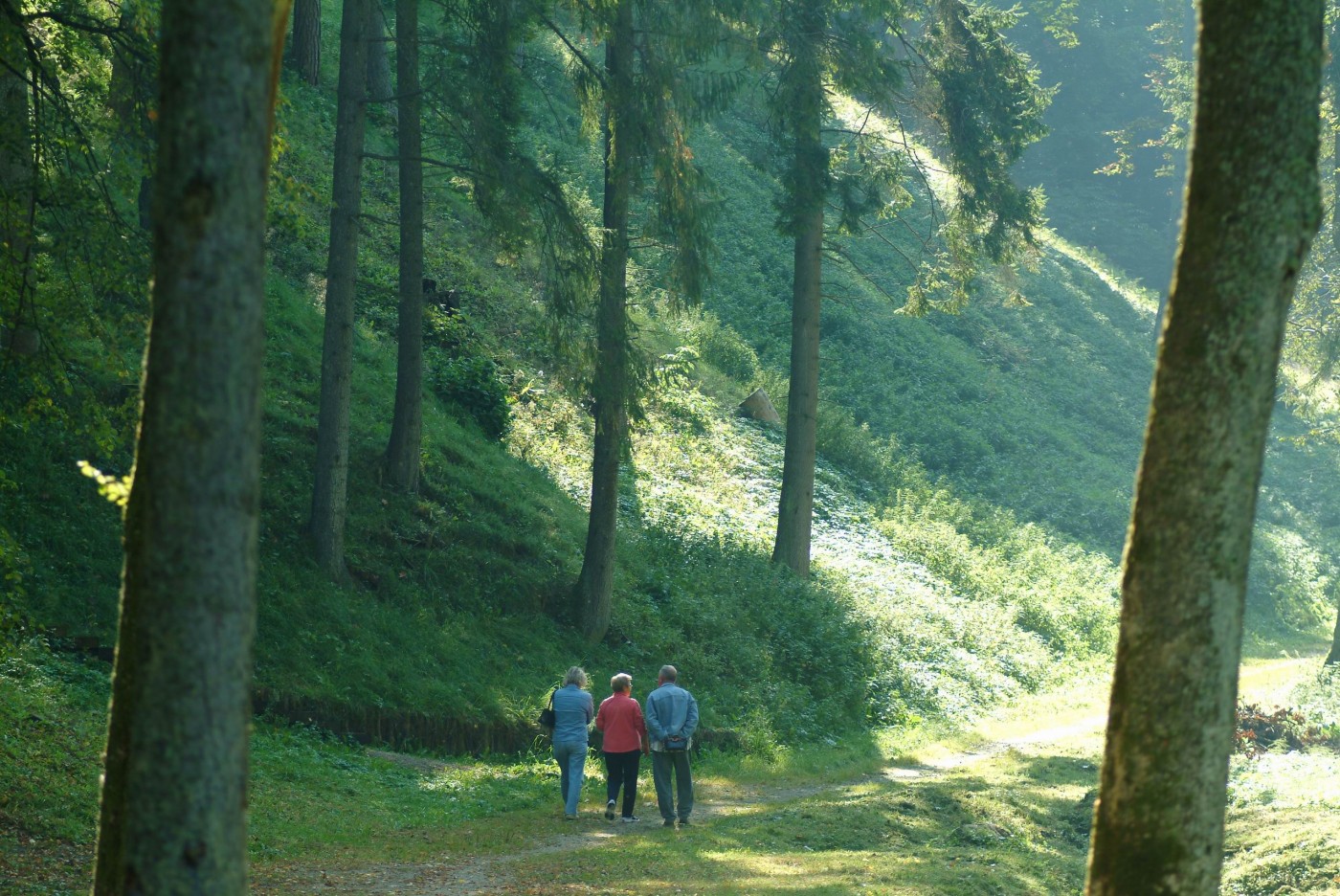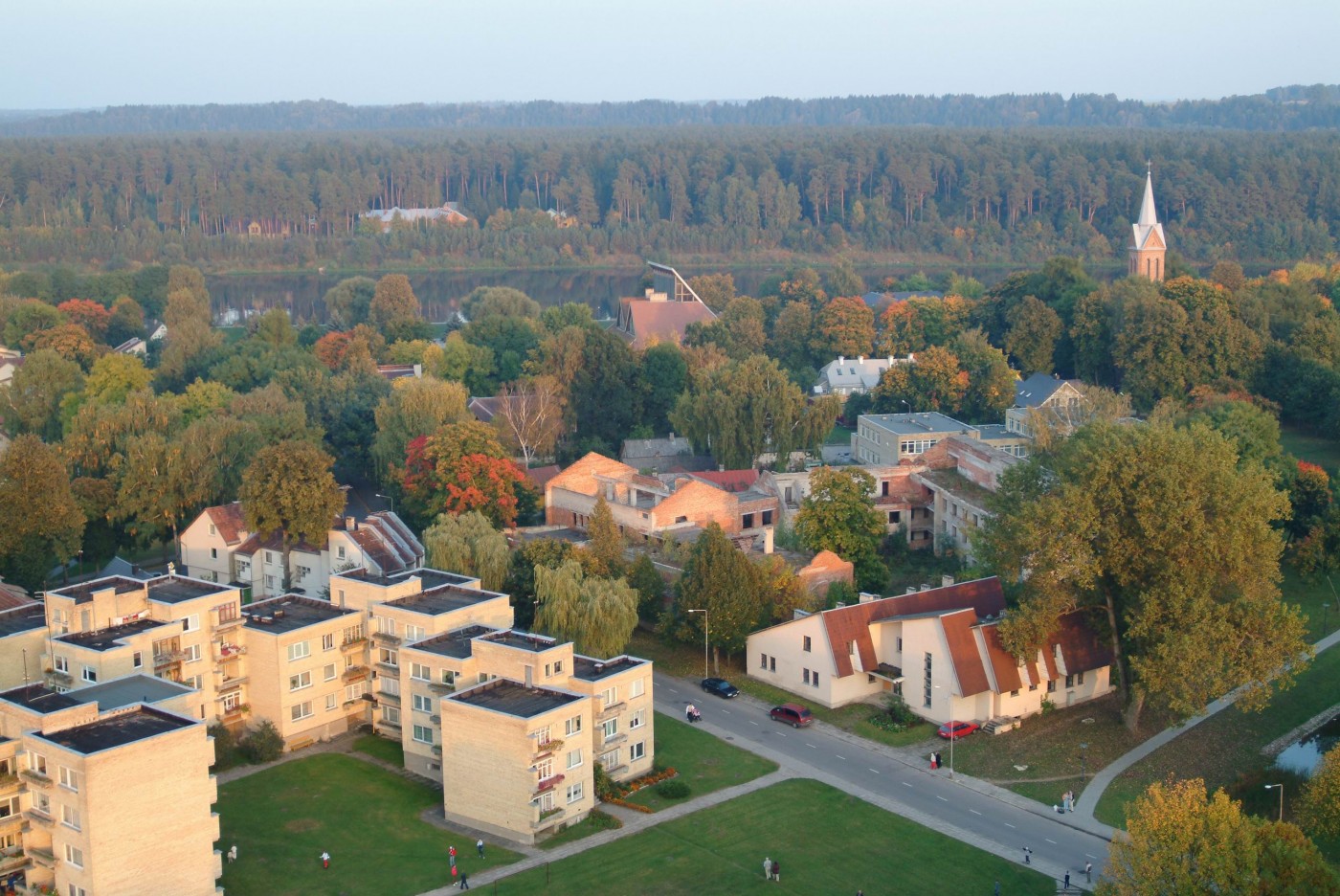History
The history of one of the oldest balneology resorts in Lithuania - Birštonas has been recorded from the Middle Ages. The Prussian chronicler Vygandas Marburgietis in "Naujoji Prūsijos kronika" ("New Chronicle of Prussia") mentioned that marshal Kuhn von Hottenstein in his march to Lithuania divided the army into three sections in order to assault Punia, Alytus and Birštonas. At the beginning of the XIX c. the historical researcher Theodore Narbutas found almost 20 references to Birštonas in the Königsberg archives in the period 1384-1402, of visits to Lithuania in which the "homestead" beside the salty water is called Birsten, Birstan as well as a well fortified wooden castle on the sheer scar of the Nemunas.
After the battle of Žalgiris (Battle of Grunwald) when the crusaders’ incursions were over, Birštonas was mentioned as a hunting manor of the great dukes of Lithuania. The manor was frequently visited by Vytautas the Great, Kazimieras Jogailatis with his sons and the duchess Ellen. After the rule of the Jogailaičiai dynasty, Birštonas conceded its leading positions to Pienai. Only in the middle of the XIX c. when the mineral waters started to be used for healing purposes did the revival of Birštonas began.
The beginning of the establishment of the Birštonas resort is connected to 1846 when doctor Benediktas Bilinskis from Stakliškės resort, being interested in Birštonas springs, sent a patient for whom the healing sources of Stakliškės did not help. The patient was only able to revover in Birštonas. At the end of 1854 after long investigations and bureaucratic procedures, the Russian Minister of Interior Affairs signed a permission to establish Birštonas resort. Next year the first healing site was built and in the 1860s century Birštonas was already well known balneological resort all across the Russian Empire. Before the I World War there were 72 baths in the healing sites, and 3 hotels containing 200 rooms were built.
During the World War I Birštonas suffered a lot and the remaining buildings were sold. The young state was short of money for renovating and restoring the resort. The only resort of Independent Lithuania (Druskininkai was occupied by Polish) was doomed to vanish but at that moment the Lithuanian Red Cross became interested in Birštonas and in 1924 signed a contract with the Department of Health pledging to modernize the resort, build up the mud baths, install water-supply, sewerage, and electric illumination. The Board of the Red Cross promised to allocate all the profit to the development and refinement of the resort.
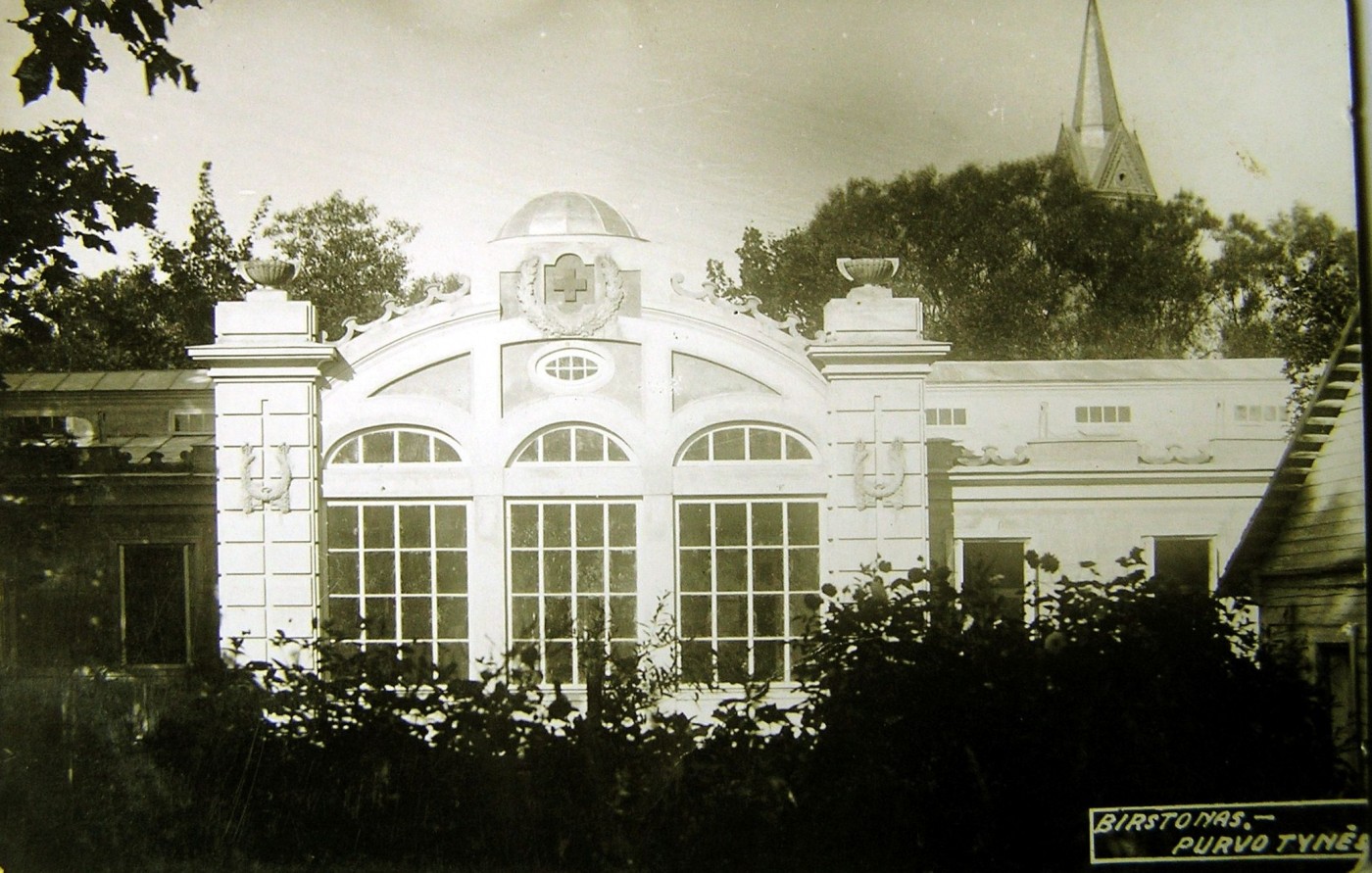
The most significant event in the history of the science of resorts was the initiation of mud application for healing purposes in Birštonas. The peat for the healing mud was brought from the Velniabliūdis peatbog and the mud treatment centre decorated with the emblem of the Red Cross was built in 1927. This building has remained till the present days and has become the most important building in Birštonas.
It was the board of the Red Cross who tidied up the park, installed the fountain and the reservoirs for the fresh and mineral water on Vytautas hill. Water-supply, sewerage and electricity was installed in all the hotels at the resort. Regular connection by bus was arranged with Kaunas and Alytus. Not only sanatoria and villas were built in Birštonas. The town expanded itself and became more beautiful. The central square of the town was formed in which the monument to J. Basanavičius was unveiled in 1939. The memory of the patriarch was made immortal through tax funds raised at the resort.
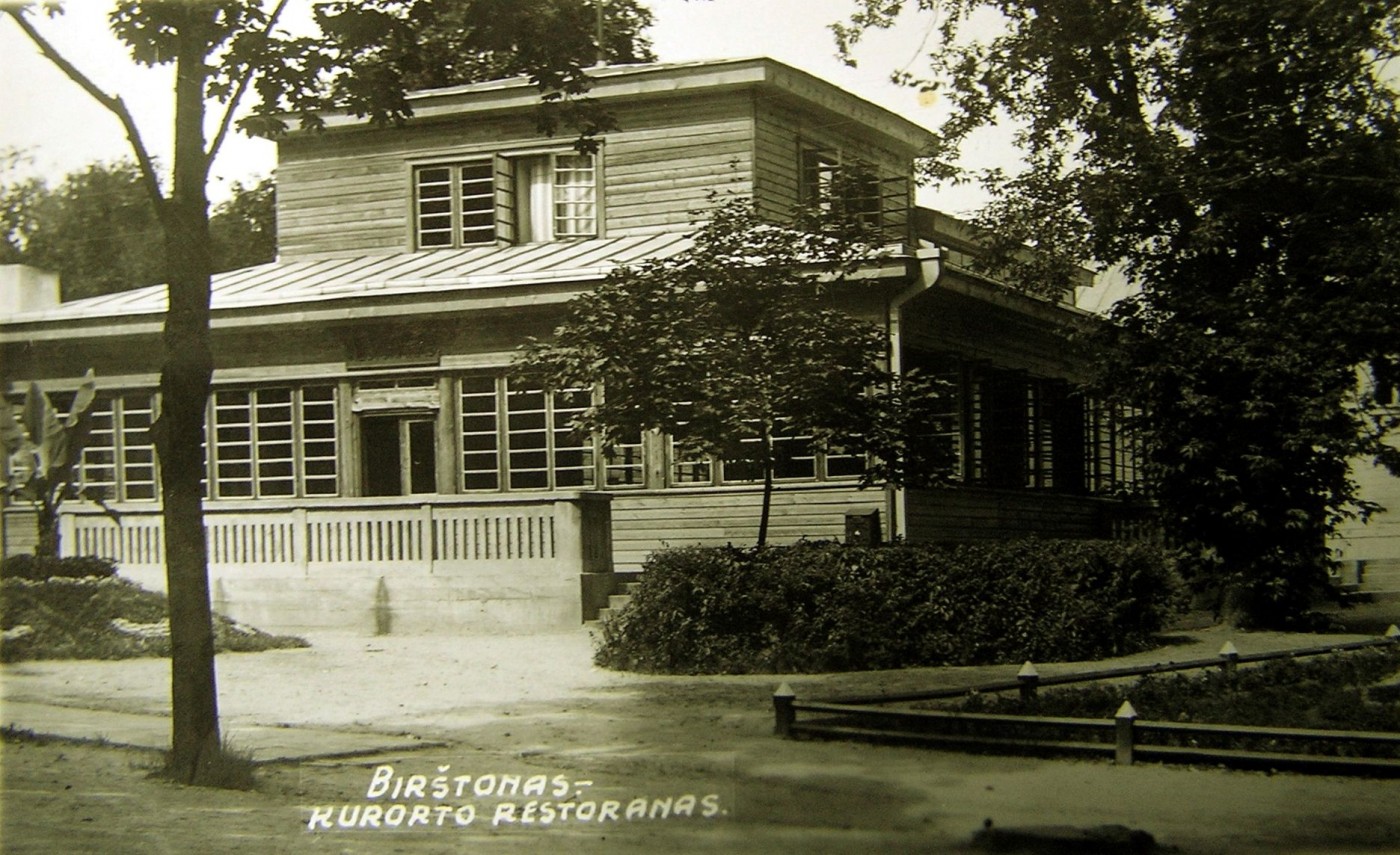 During the World War II Birštonas went into a state of decline, however it avoided bigger disasters. Only the Kurhauzas had losses where the panels painted by the famous painter Kazys Šimonis were lost in a fire. Right after the war the resort started functioning. In 1945 the writer Balys Sruoga who returned from Stutthof concentration camp was cured in the "White" villa. Here he wrote his memoirs "Dievų miškas" (The Forest of Gods). In the sixth decade the construction of new sanatorium complexes began. The sanatoria "Tulpė", "Spalis" and "Versmė" welcomed their visitors.
During the World War II Birštonas went into a state of decline, however it avoided bigger disasters. Only the Kurhauzas had losses where the panels painted by the famous painter Kazys Šimonis were lost in a fire. Right after the war the resort started functioning. In 1945 the writer Balys Sruoga who returned from Stutthof concentration camp was cured in the "White" villa. Here he wrote his memoirs "Dievų miškas" (The Forest of Gods). In the sixth decade the construction of new sanatorium complexes began. The sanatoria "Tulpė", "Spalis" and "Versmė" welcomed their visitors.
![]()
The oldest Lithuanian bottling mineral water company is still functioning in Birštonas. It started its activity in 1924 when it started to become popular to drink mineral water "Vytautas" or "Birutė". The first bottles of mineral water were tapped in Kaunas but in the seventh decade this activity was relocated to Birštonas. However, it is not necessary to buy mineral water in the resort. One can taste the real non-carbonated mineral water "Vytautas" in the pump-rooms of the sanatoria "Tulpės" and "Versmė".
It is not only the unique natural resourses but also the exclusive landscape of this terrain that attracts holidaymakers to visit Birštonas and its surroundings. The forests in the curves and bends of the Nemunas recall the times of royal huntings when the bugle of Vytautas the Great echoed in Žverinčius forest and invited members of royal families from that time to partake in recreation. The beauty of the bends of the Nemunas was described by the writer V. Sirokomlė, who traveled along the river, the poet J. Marcinkevičius, and the painter N. Silvanavičius memorialized everything in his canvases.
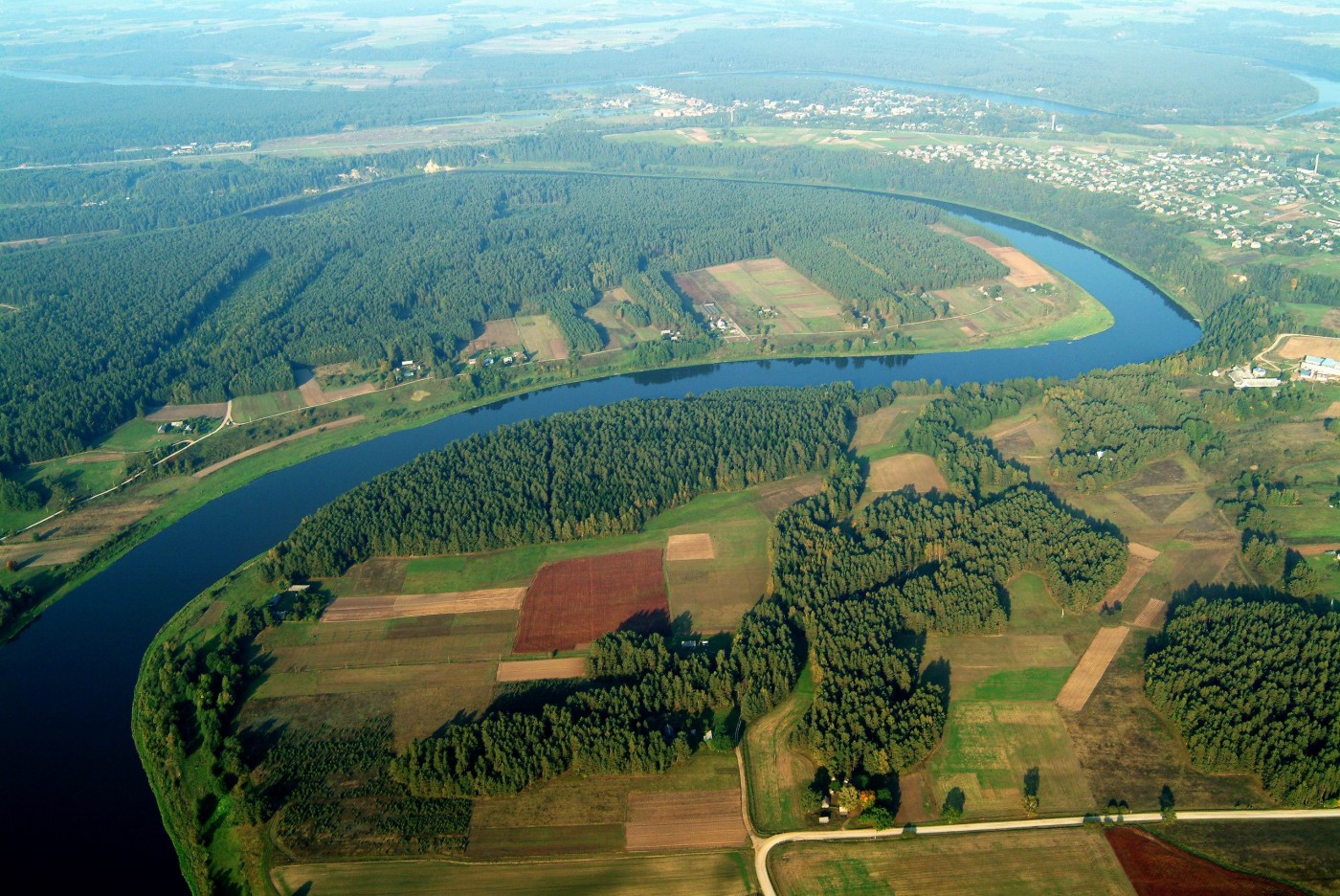
Justinas Marcinkevičius, Lithuanian poet, wrote about this country: "Blessed places, rare picturesqueness of the surroundings. It seems that even the old Nemunas which toiled over creating them remained fascinated by their beauty and started rushing from one side to the other… Thus, its head turned round and it did not understand which way its waters were flowing. Thanks to his giddiness that created the most unique natural monument - the Great Bends of the Nemunas of 65 km in length. No other European river has ever worked in such a way".
The Great Bends of the Nemunas were hardly understandable for rafters in former days. Cartographers did not manage to depict them even in 1613 in the precise map of the Great Duchy of Lithuania "Magni Ducatus Lithuaniae". Only in 1852 Abichtas, the professor of Vilnius University, indicated the Great Bends of the Nemunas correctly.
The real reason why the river makes those turns and bends was unknown for a long time. The travelers tried to bypass these misleading places. According to geologists, the beds of the greatest rivers of Lithuania are related to the lines of crystal basement ruptures of Earth’s crust. The formation of the Great Bends of Nemunas was determined by the derivatives caused by the ruptures in the intersection area. Tectonic faults (deflection of crust layers downwards or upwards), even those of the low amplitude, forced the river to wind in line with their forms. The link of Nemunas bends with the ruptures in the entrails is also witnessed by the mineral water springs spurting from the greatest depths. The exceptional formation of relief was also contributed by the glacier and its melt waters. In a stretch of 65 km the Nemunas flows to the direction of all the points of the compass - recently from the spur of Birštonas, one could see that the river was flowing to the West on one side and to the East on the other, however nowadays this scenery is hidden by the forests. The average depth of the valley is 40 m.
In 1992 the Regional Park of the Great Nemunas Loops was established. It is one of the largest regional parks in the country covering an area of over 25 thousand hectares. The aim of the establishment of the park was to preserve the unique landscape formed by the Nemunas.
82 % of Birštonas Municipality is in the territory of the Regional Park of the Great Nemunas Loops. The general area of the municipality is 124 sq. km. The area of Birštonas town is 13 sq. km. The municipality consists of Birštonas town and Birštonas elderate. Over 5300 inhabitants live in Birštonas Municipality. The major part of the inhabitants, i.e. 3200 live in the town, whereas the rest in 46 villages of Birštonas elderate.


